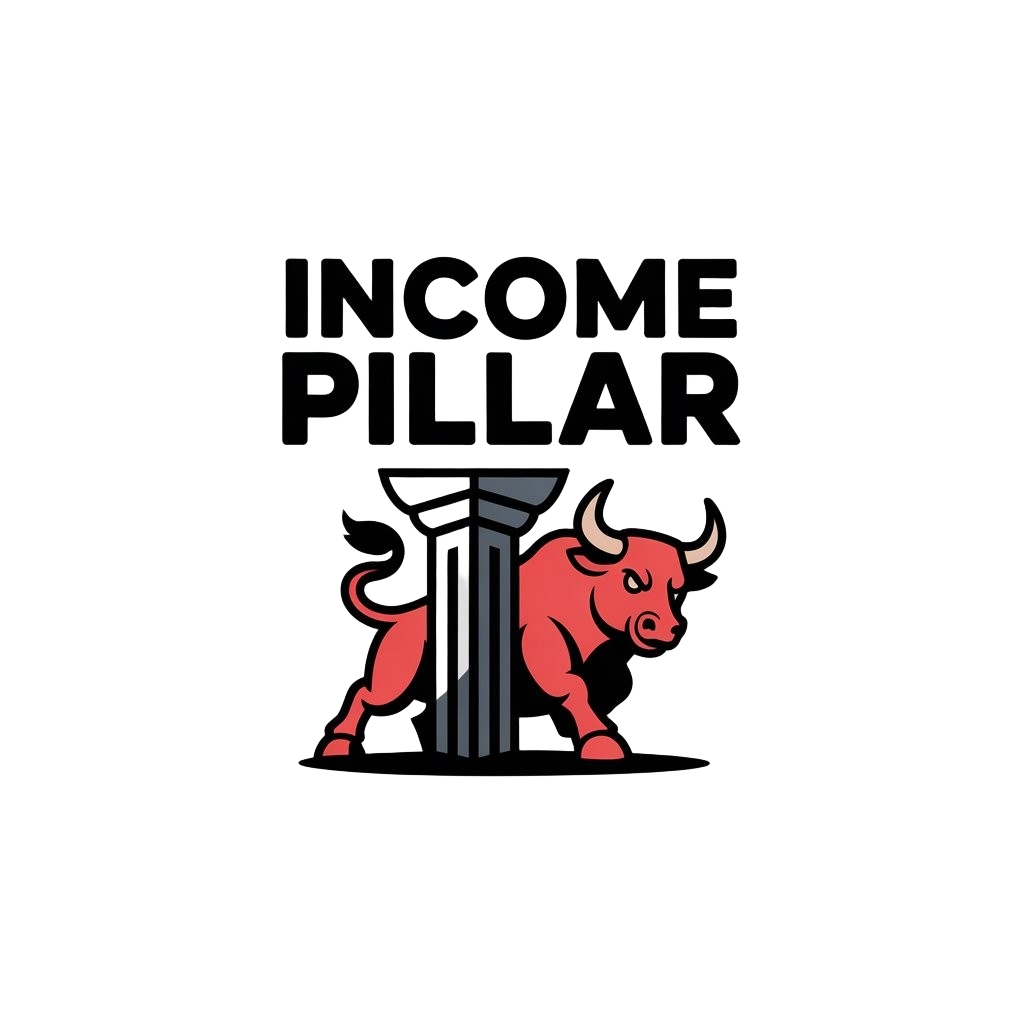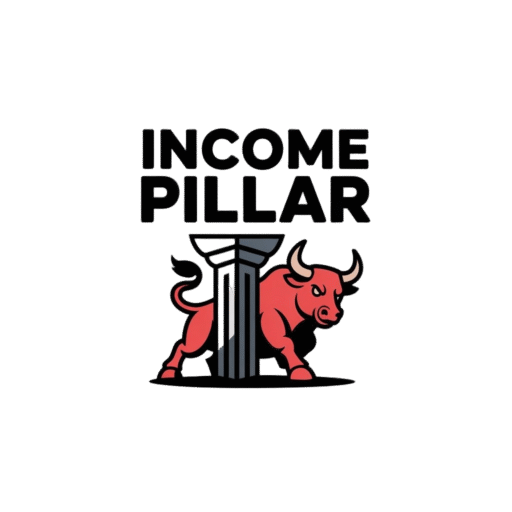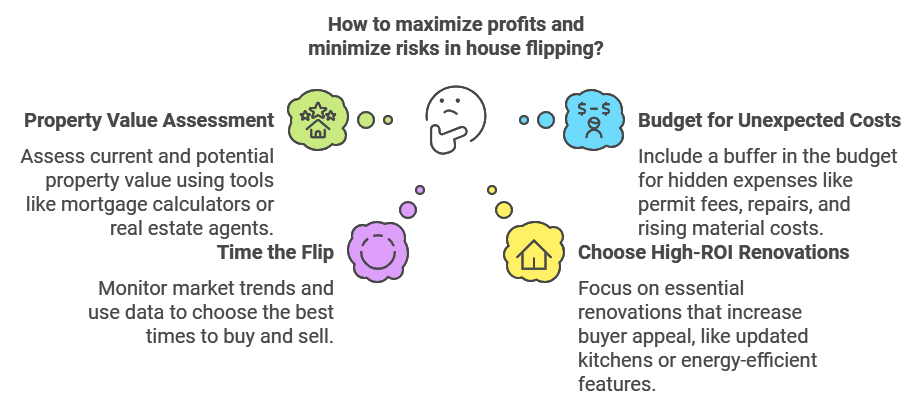Introduction
House flipping can be a lucrative venture, but it’s far from a simple process. Investors need to juggle costs, timing, and market trends to ensure each project turns a profit. From selecting the right property to managing renovation expenses, every decision impacts the final outcome. With the right strategy, house flippers can capitalize on favorable market conditions and maximize their gross profit by carefully planning each step.
In today’s dynamic real estate environment, understanding essential factors like financing, neighborhood dynamics, and buyer preferences is key. For first-time flippers or seasoned pros, prioritizing a solid exit strategy can make the difference between a successful flip and a financial setback. By applying tried-and-true techniques and focusing on high-ROI renovations, investors position themselves to thrive in the competitive house-flipping market, turning their investments into substantial profits.
Key Takeaways
- Smart property choices set the stage for house flipping success, from “buy low” strategies to identifying resale price potential.
- Budgeting for every detail in the “flipping process,” including hidden fees, boosts profitability and cuts down surprises.
- Picking the right renovations helps flippers get the most from “ROI” without pushing costs too high.
- Keeping up with real estate trends and data, like “first quarter” insights, supports better decisions on when to buy or sell.
- Flexible exit strategies, from selling to renting, let “house flippers” adapt when the market changes unexpectedly.
- Using expert tools like a “mortgage calculator” or insights from “ATTOM data” can guide smarter choices for new and seasoned investors.
Flipping a House for Optimal Profit
Flipping homes with the goal of optimal profit requires a clear understanding of the flipped property’s potential, from purchase price to final sale. Effective strategies involve not only finding the right property but also evaluating average gross profit. Calculating projected expenses like renovations, permits, and taxes is critical to prevent unexpected costs that eat into your profits. Researching real estate investment conditions and identifying opportunities within the housing market ensures that each flip aligns with buyer demand. According to ATTOM, with strategic planning and thorough market research, home flippers can position themselves for profitable sales and sustainable growth in 2022.
Analyzing Property Value Before Purchasing
Before diving into a house flip, it’s essential to evaluate the property’s value and its potential for profit. Factors like neighborhood appeal, comparable home prices, and local real estate trends can all impact the resale price. Using tools such as a mortgage calculator and consulting with a real estate agent can help predict how much return a flip may bring. By accurately assessing the property’s current and projected value, flippers make better-informed investment decisions, positioning themselves to capitalize on high-margin opportunities.
Budgeting for Unexpected Costs
Successful house flipping goes beyond initial estimates—it requires a contingency fund for unexpected expenses. From unplanned repairs to increases in material costs, various factors can affect the final budget. House flippers should set aside a portion of their budget for these “hidden” costs to protect profitability. Additionally, understanding local permit requirements and property taxes ensures all costs are accounted for, helping avoid potential budget shortfalls and preserving the gross profit from each flip.
Top Tips for Boosting Profits When Flipping a House
1. Start with a Property Value Assessment
Before diving in, assess the property’s current and potential value. Tools like a “mortgage calculator” or consulting with a “real estate agent” provide a clearer picture of profit margins. This helps house flippers avoid properties with low resale potential and focus on those promising a high return.
2. Budget with Unexpected Costs in Mind
Budgeting doesn’t stop with the initial renovation estimate. Factors like permit fees, repairs, and rising material costs can impact the final “gross profit.” Having a buffer in the budget for hidden expenses ensures flippers stay profitable even when costs go up.
3. Time the Flip According to Market Conditions
Timing is key for “house flippers.” By watching trends and using data from sources like “ATTOM data,” investors can pick the best times to buy and sell, maximizing profits and minimizing risk.
4. Choose Renovations That Increase Buyer Appeal
Not every upgrade pays off. Focus on essential, high-ROI improvements that buyers love, like updated kitchens or energy-efficient features. This way, house flippers can attract offers without overspending.
5. Consider a Flexible Exit Strategy
If the market turns, a flexible exit strategy can help. Options like renting or lease agreements offer alternatives to selling right away, providing income until the market is favorable again. This protects profits and gives house flippers more choices.
Strategies to Avoid Common House-Flipping Pitfalls
Getting into house flipping successfully takes planning, and plenty of it. Many flippers jump in without realizing the full cost, from renovation expenses that pop up out of nowhere to lender fees and unavoidable property taxes. Miss these, and your net profit can sink fast. That’s why budgeting and knowing the market inside-out are so key. Spotting neighborhood trends and understanding what buyers want helps house flippers avoid the trap of putting too much money into a flipped property, ensuring every renovation boosts resale value. Following smart guidelines, using real estate data, and focusing on “home sales” trends can make all the difference, allowing investors to not only cover their costs but also make a profit with each next flip.
Researching Neighborhood Trends Thoroughly
Understanding neighborhood dynamics is crucial for any house-flipping project. Factors such as crime rates, school ratings, and local amenities influence a property’s attractiveness to buyers. By analyzing these trends and predicting buyer preferences, investors can identify profitable opportunities in growing or stable areas. This research prevents flippers from over-investing in properties with low resale potential, enabling them to align improvements with neighborhood expectations and secure favorable sales outcomes.
Avoiding Costly Renovation Mistakes
Renovation oversights are common among novice house flippers. Often, enthusiasm for upgrades can lead to unnecessary spending on features that don’t add value. It’s crucial to focus on essential repairs and avoid over-improving a property. Simple updates that align with buyer preferences, such as energy-efficient windows or updated kitchens, can make the home more appealing without excessive costs. By choosing renovations that promise a solid ROI, flippers protect their profits and stay within budget.
Case Study: Real Estate Investor Avoids Overcapitalization and Boosts Profits
In 2023, a real estate investor based in Texas purchased a single-family home with plans to flip it for a significant profit. Initially, the investor focused on making improvements that would stand out, including high-end finishes and customized designs. However, after consulting with a “real estate agent” and analyzing “ATTOM data,” they realized the local market favored simple, functional upgrades over luxury renovations.
By pivoting to cost-effective improvements, such as updating the kitchen with energy-efficient appliances and refreshing the landscaping, the investor managed to control expenses and stay within budget. When it came time to sell, the property’s appeal aligned with buyer preferences, and the investor achieved a “gross profit” without overspending. This experience underscored the value of using market data and being cautious with renovation choices to avoid overcapitalization in house flipping.
Maximizing ROI with Strategic Renovations
Achieving high average profit in house flipping largely depends on making cost-effective renovations. Effective flipping requires strategic upgrades that boost the property’s market value without going over budget. By studying buyer trends and conducting a competitive analysis, house flippers can pinpoint the updates that are most likely to attract buyers without unnecessary expenses. From renovating kitchens to adding energy-efficient touches, each change should enhance the resale value. Using insights from house flipping market data and focusing on ROI-driven upgrades, flippers can avoid mistakes that lead to overspending and instead secure typical gross profit on each property.
Prioritizing High-Impact Renovations
In house flipping, not all renovations are equal in value. High-impact improvements, such as enhancing curb appeal or updating outdated kitchens, often yield the best returns. By focusing on these key areas, flippers increase a property’s market value without excessive spending. Strategic, high-impact renovations attract buyers and improve the home’s resale potential, contributing to overall profitability and making the flip a successful investment.
Choosing Cost-Effective Materials and Suppliers
Managing renovation costs starts with smart choices in materials and suppliers. Selecting durable, budget-friendly options for flooring, fixtures, and finishes can help stretch the renovation budget. Additionally, building relationships with suppliers may allow flippers to access better prices or discounts, reducing project costs. This careful selection process ensures that the property improvements stay within budget while enhancing the home’s appeal, ultimately increasing ROI.
“In real estate, the best investment you can make is on improvements that buyers actually want, not what’s trendy or extravagant. Simple changes that add true value always pay off.” – Barbara Corcoran, real estate investor and business expert
Developing a Flexible Exit Strategy
A well-thought-out exit strategy is crucial for house flippers, especially in an unpredictable market. Options like selling for a profit, renting, or using lease agreements allow investors to adapt as market conditions shift. By incorporating real estate investing principles, flippers can make informed decisions on how and when to exit a project based on property values and potential returns. Flexibility in exit strategies enables flippers to maximize profitability while safeguarding against unexpected market changes, ensuring long-term success in their investment journeys.
Adapting Exit Plans to Market Conditions
Having a flexible exit strategy is essential when dealing with fluctuating market conditions. Flippers can choose to sell, rent, or hold onto the property depending on current real estate trends. By monitoring factors like interest rates, housing demand, and competition, investors can pivot their exit strategy to suit market dynamics. This adaptability reduces risk, allowing flippers to safeguard their investments while still maximizing profitability.
Understanding Lease Options as a Backup Plan
In cases where selling isn’t feasible, leasing offers a viable alternative for generating income. By offering lease options, house flippers can maintain cash flow and potentially secure a future sale when market conditions improve. This approach allows investors to balance short-term gains with long-term financial security, providing flexibility and reducing the urgency to sell immediately if the market isn’t favorable.
Conclusion
Flipping houses offers the potential for impressive profits, yet it requires careful planning and strategic decisions to truly succeed. From the initial property purchase to finalizing the sale, every stage influences the return on investment. By analyzing key factors like market trends, financing options, and renovation choices, house flippers can enhance their chances of making substantial profits. Staying informed and being prepared for unexpected costs can make a real difference in achieving a successful flip.
Having a flexible exit strategy is essential in today’s fluctuating real estate market. Investors who adapt their approach based on current conditions are better positioned to protect their profits and mitigate risks. Ultimately, effective house flipping combines market awareness with practical budgeting and project management. With a well-rounded plan and a focus on value-driven improvements, investors can navigate the challenges of house flipping and reach their financial goals.



















